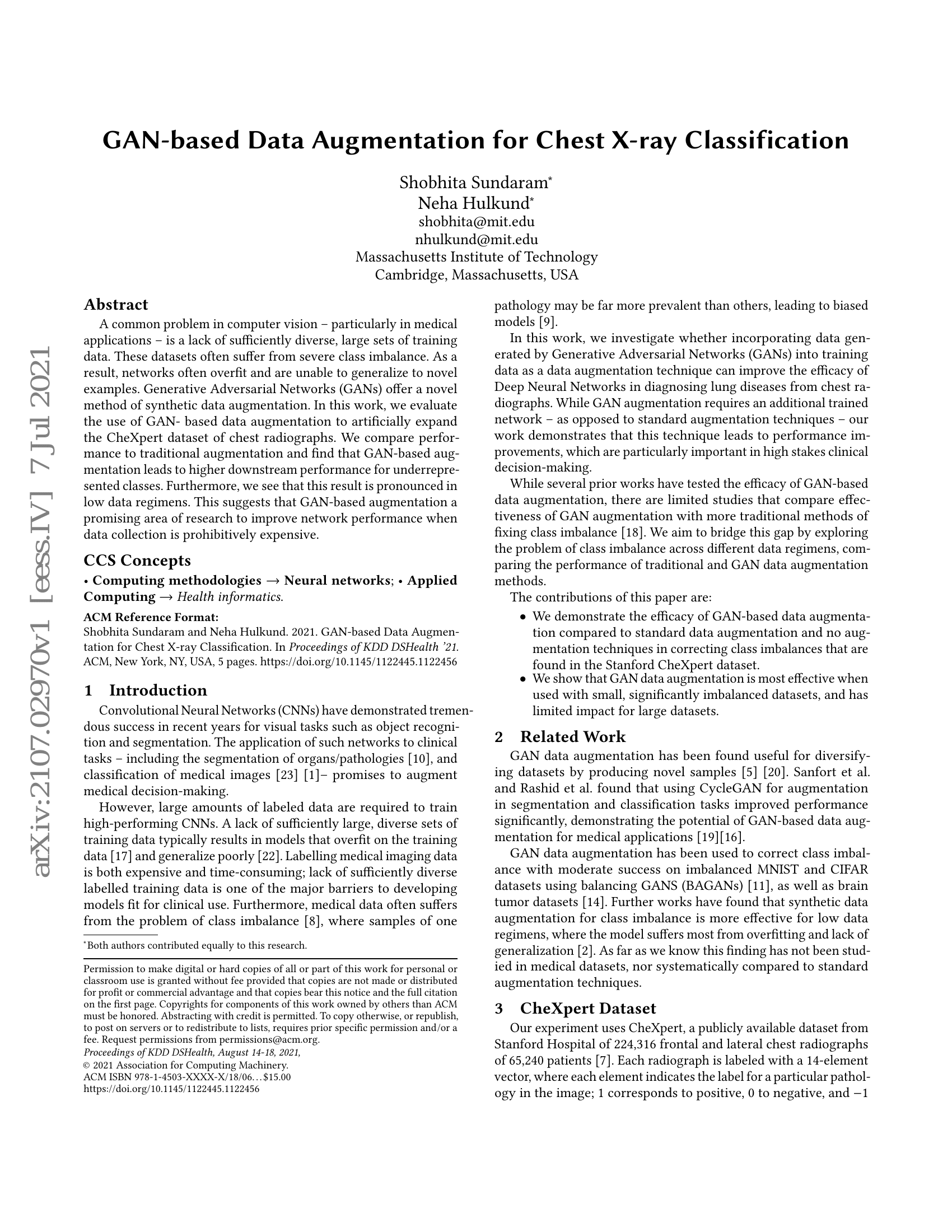GAN-based Anomaly Detection in Imbalance Problems

Imbalance problems in object detection are one of the keyissues that affect the performance greatly. Our focus in this work is toaddress an imbalance problem arising from defect detection in industrial inspections, including the different number of defect and non-defectdataset, the gap of distribution among defect classes, and various sizesof defects. To this end, we adopt the anomaly detection method that isto identify unusual patterns to address such challenging problems. Especially generative adversarial network (GAN) and autoencoder-basedapproaches have shown to be effective in this field. In this work, 1) wepropose a novel GAN-based anomaly detection model which consists ofan autoencoder as the generator and two separate discriminators foreach of normal and anomaly input; and 2) we also explore a way to effectively optimize our model by proposing new loss functions: Patch loss andAnomaly adversarial loss, and further combining them to jointly trainthe model. In our experiment, we evaluate our model on conventionalbenchmark datasets such as MNIST, Fashion MNIST, CIFAR 10/100data as well as on real-world industrial dataset – smartphone case defects. Finally, experimental results demonstrate the effectiveness of ourapproach by showing the results of outperforming the current State-OfThe-Art approaches in terms of the average area under the ROC curve(AUROC).